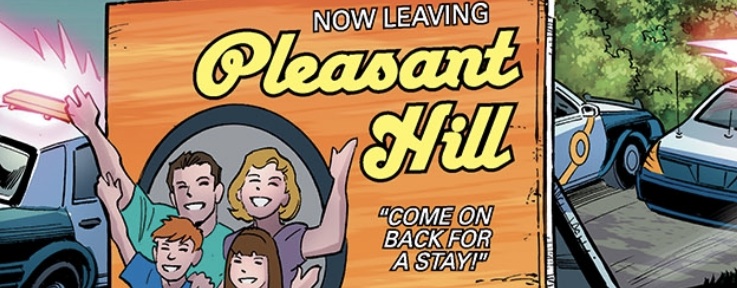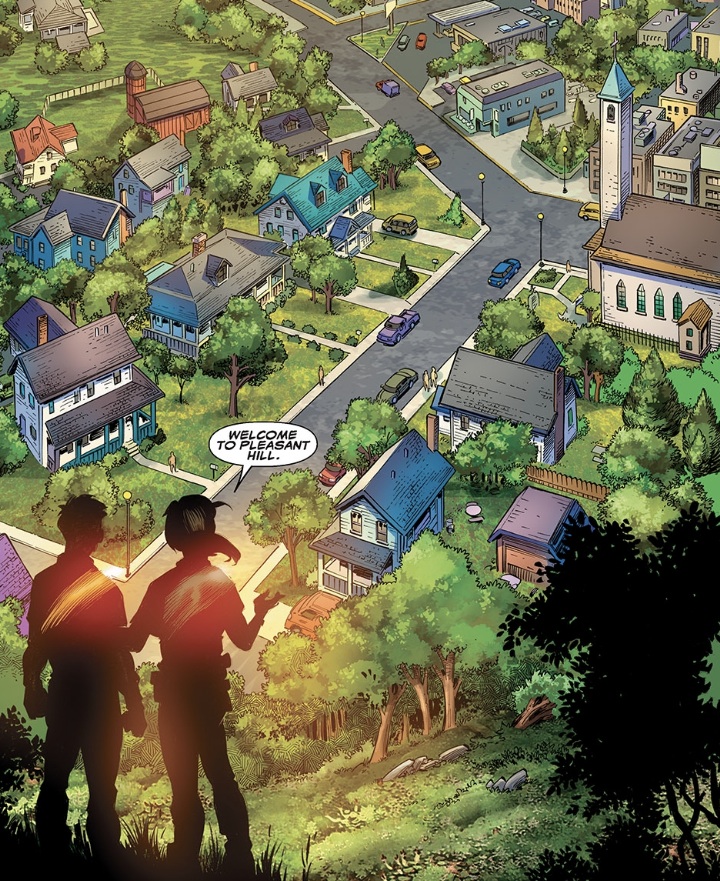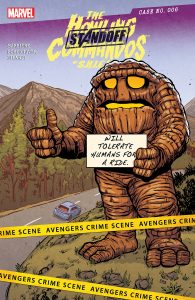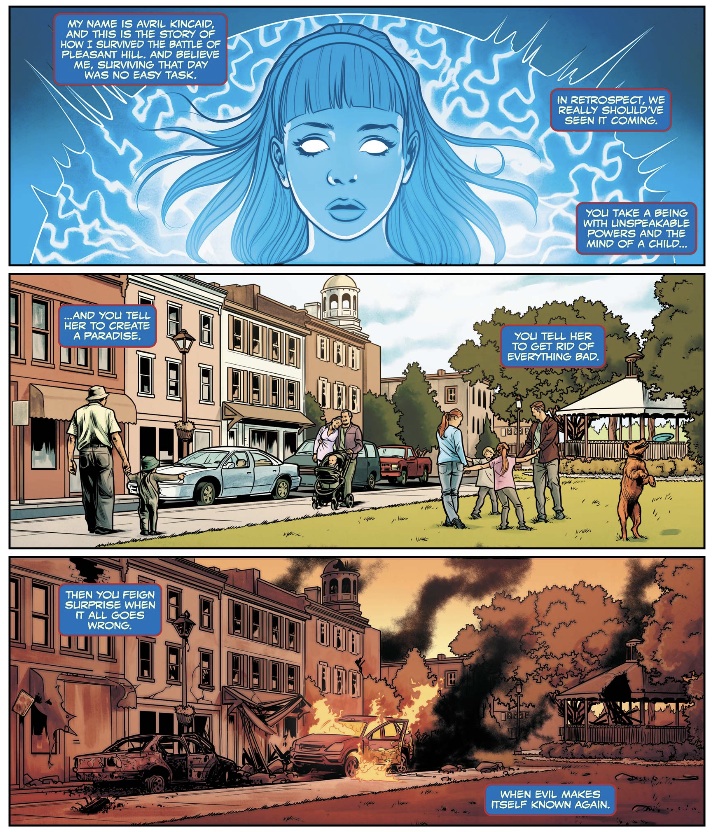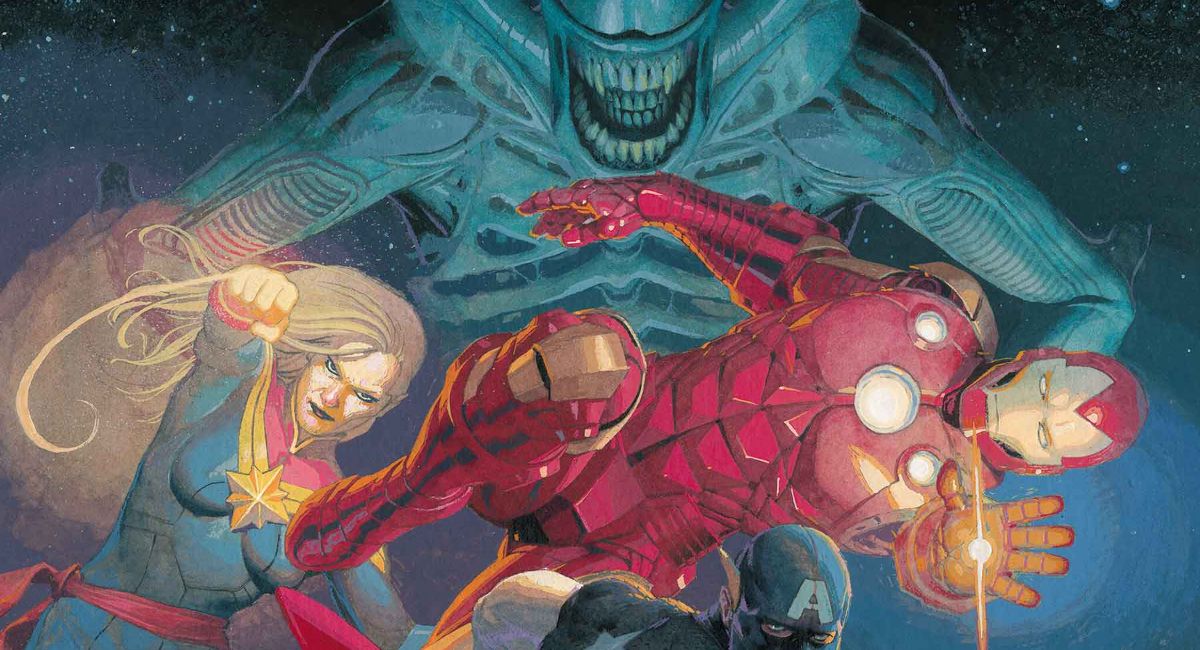This article contains spoilers for the 2016 Marvel Comics crossover event Avengers Standoff, as well as for the fifth episode of the ongoing series WandaVision, currently available for streaming on Disney+.
A suburb that superficially seems perfect, but is actually the product of a reality-warping artifact? If that sounds familiar to you, you may be a fan of WandaVision, the ongoing Disney+ series that has everyone on the edge of their TV trays.
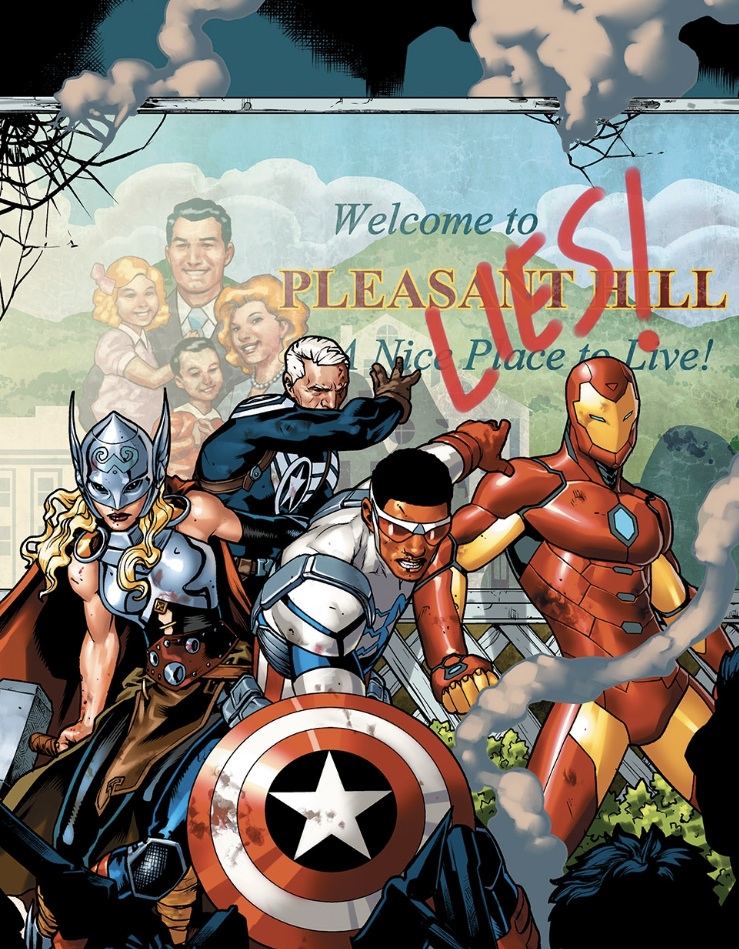
But there’s a Marvel comics crossover event that just might give viewers some deeper insight into what’s happening in the New Jersey suburb of Westview where the show is set: 2016’s Avengers Standoff.
What’s wrong with Westview, Wanda?
In the Disney+ series WandaVision, a mysterious fate has befallen Westview: it has seemingly been engulfed by some kind of force field, and within, the very fabric of reality itself seems to have been painted over with the pristine veneer of a half-hour situation comedy.
The precise cause of the reality warp isn’t presently known, but as of episode five, “On a Very Special Episode…” (released today, Friday, February 5th, 2021), it seems as though S.W.O.R.D.’s official position is to place sole and solitary responsibility upon Wanda.
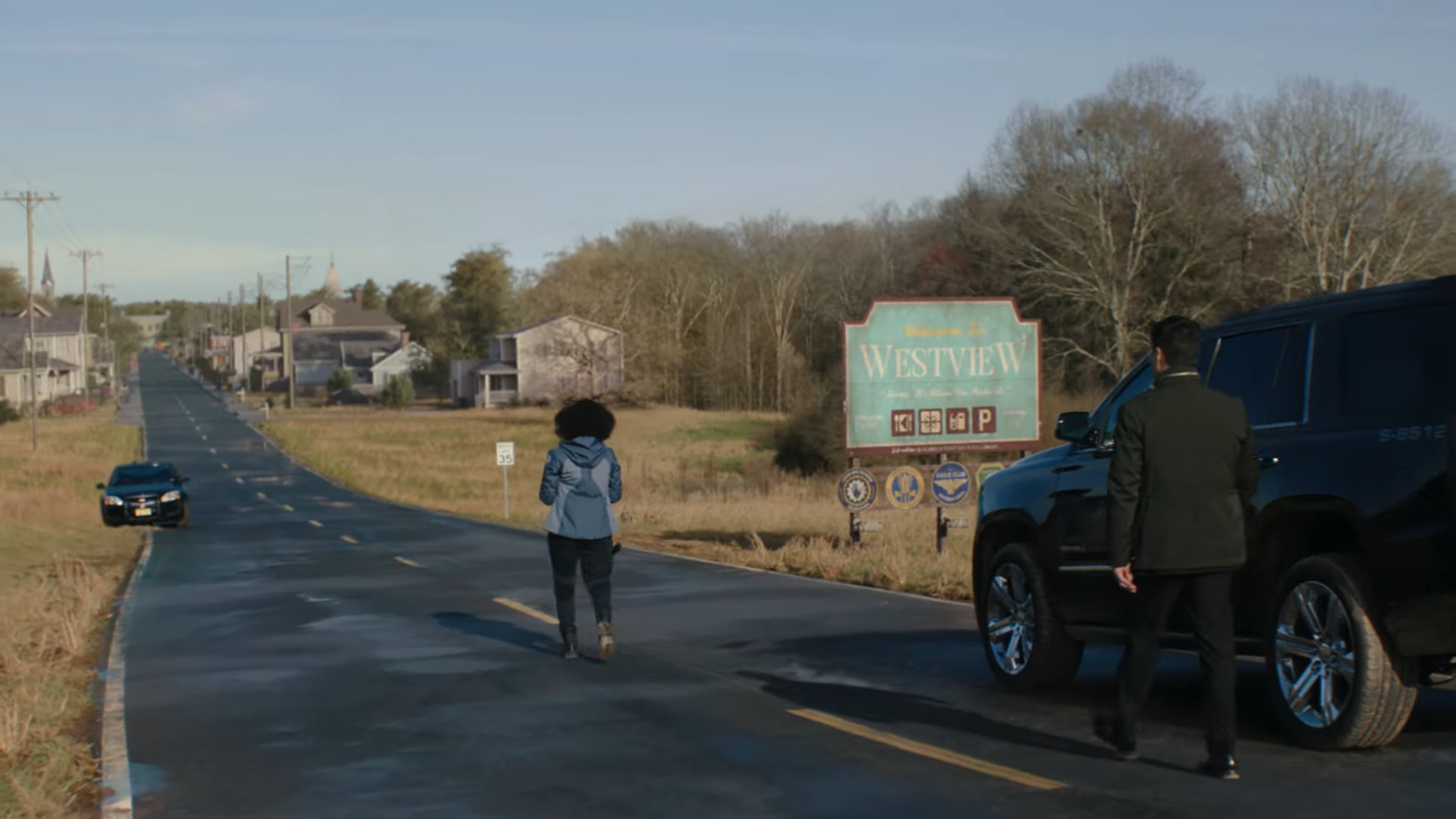
But is Wanda really the one in control of the situation in Westview? Perhaps there’s a Marvel Comics crossover event that could provide us with possible insight…
Avengers Standoff
A situation that may prove similar to the one in Westview took place in the Connecticut suburb of Pleasant Hill in the Avengers Standoff crossover event, which began in March 2016.
The setup is laid out in Avengers Standoff: Welcome to Pleasant Hill #1 by Nick Spencer, Mark Bagley, Scott Hanna, Daniel Acuña, Paul Mounts, and Clayton Cowles. In that issue, it’s revealed that Director of S.H.I.E.L.D. Maria Hill has utilized the enigmatic Kobik program in order to create a sort of prison for super villains: Pleasant Hill.
In Avengers Standoff: Assault on Pleasant Hill Alpha #1 by Spencer, Jesús Saiz, and Cowles, the precise nature of the Kobik program is revealed. The Kobik program was a secret S.H.I.E.L.D. study of multiple Cosmic Cube fragments. However, during the study, the fragments merged into a single whole, which subsequently developed its own sense of consciousness – and its own identity, taking the form of a child and calling herself “Kobik.”
Fans of the Marvel Cinematic Universe will already be familiar with the Cosmic Cube, which first appeared on the big screen in 2011’s Captain America: The First Avenger.
However, in the MCU, the Cosmic Cube is the “Tesseract,” a containment unit created for the Space Stone, one of the six incredibly powerful Infinity Stones created in the wake of the Big Bang. As the name “Tesseract” suggests, the power of the Space Stone can be used to teleport anywhere in the universe.
But in the Marvel Comics universe, Cosmic Cubes have a somewhat different origin and function: they are objects that respond to the will of sentient beings, with their primary function being to provide a sort of “wish granting power” that can warp the very fabric of reality.
The Cosmic Cube first appeared in Tales of Suspense #79 (1966) by Stan Lee, Jack Kirby, Frank Giacoia, and Artie Simek. In that issue, which also marked the first appearance of the Red Skull in the post-WWII era, Captain America’s arch-nemesis double-crossed Advanced Idea Mechanics and stole their freshly constructed Cosmic Cube in order to warp reality and become the “Red Skull Supreme”!
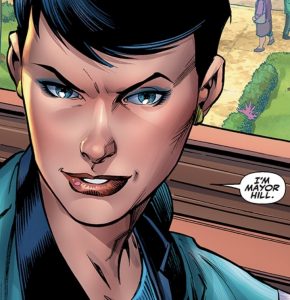
But in the Avengers Standoff crossover, it’s Hill who believes that the reality-warping power of the Cosmic Cube can prove beneficial. With the assistance of Dr. Erik Selvig, S.H.I.E.L.D. enlists the child-like Kobik in the creation of their high-concept, reality warping prison: the suburb of Pleasant Hill.
Welcome to Pleasant Hill
Using the abilities of Kobik – who has been coached in morality by Hill, as dubious a proposition as that may be – S.H.I.E.L.D. is subjecting captured supervillains to reality warping, turning them from dangerous super-powered criminals into the innocuous residents of the idealized suburb of Pleasant Hill.

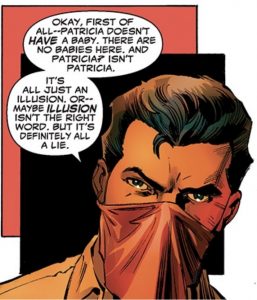
Director Hill, who claims that she has the best of intentions, believes that it is a way to incarcerate supervillains without the risk that they’ll escape, as they do when they are placed in conventional prisons (or even less conventional prisons such as the Raft, a maximum security facility). Her reasoning: if the villains can be Kobik’d into believing they are and always have been the “average” citizens of Pleasant Hill, they’ll never even get to the point of considering escape (although, if they do consider escape, they end up running into a Stark Industries-produced energy fence that takes the shape of – imagine this – hexagons).
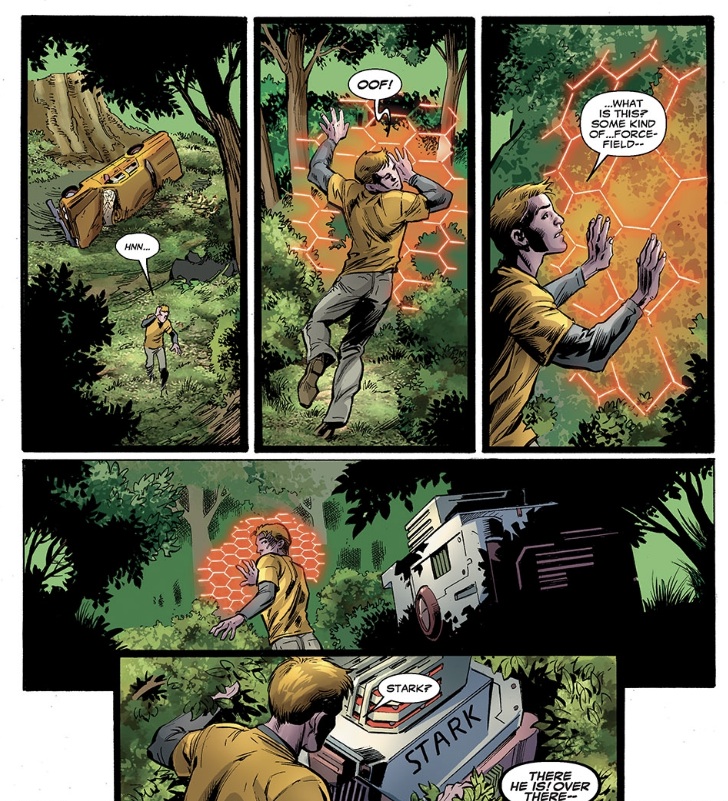
Unfortunately for S.H.I.E.L.D., some of the villains begin to recall their “previous lives.” Before long, the inmates are running the asylum, and several Avengers teams are subsequently administered the same treatment to which S.H.I.E.L.D. had subjected the supervillains.
One such story is told in the Avengers Standoff tie-in issue The Howling Commandos of S.H.I.E.L.D. #6 by Frank J. Barbiere, Brent Schoonover, Nick Filardi, and Joe Caramagna. In that issue, Howling Commandos team member Orrgo is captured by S.H.I.E.L.D. and subjected to the Kobik reality-makeover that comprises the intake process at Pleasant Hill.
Under the reality-warping ability of Kobik, Orrgo is transformed from a building-sized monster into a diminutive pet dog. But while many of the villains who had been incarcerated in Pleasant Hill are enraged by the fact that they have been turned from powerful criminals into innocuous suburbanites, Orrgo’s complaint is somewhat different: he prefers the affection and acceptance showered upon a house pet to the fear he cannot help but elicit as an oversized monster.
Something is Rotten in Westview
On one level, it is clear that something is rotten in the state of Pleasant Hill because things are too perfect. The perfect, “average” suburban narrative sold to us by situation comedies doesn’t actually exist. Reality doesn’t fit into the perfectly delineated roles given to us by sitcom scripts, and when we try to pretend otherwise, the sense that something isn’t quite right can become inescapable.
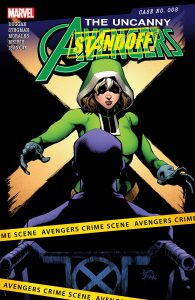
By the fifth episode of WandaVision, many of the citizens of Westview have begun to voice their believes that “something isn’t right,” including Vision himself. But will they be able to escape the warped reality in which they’ve become hexagonally ensconced? And who is responsible for plunging them into this brave new worldwide broadcast?
Paving the road to Pleasant Hill
It isn’t really possible to blame Kobik for the warping of reality that occurred at Pleasant Hill. While she may possess the incalculable power of the Cosmic Cube, she also possesses the mind (and innocence) of a child. As discussed by the narration that opens Avengers Standoff: Welcome to Pleasant Hill Omega #1 by Spencer, Acuña with Angel Unzueta, Matt Wilson, and Cowles, Pleasant Hill was created because power was combined with innocence and then told to create a world with “nothing bad.”
It sounds okay on paper: a world where nothing bad happens! But to create such a world, Kobik forcibly removes the agency of unwilling individuals. While this behavior is indefensible, it is also understandable, because Kobik is a child, who doesn’t know better, and fully autonomous adults who should really know better have manipulated her into doing immoral things.
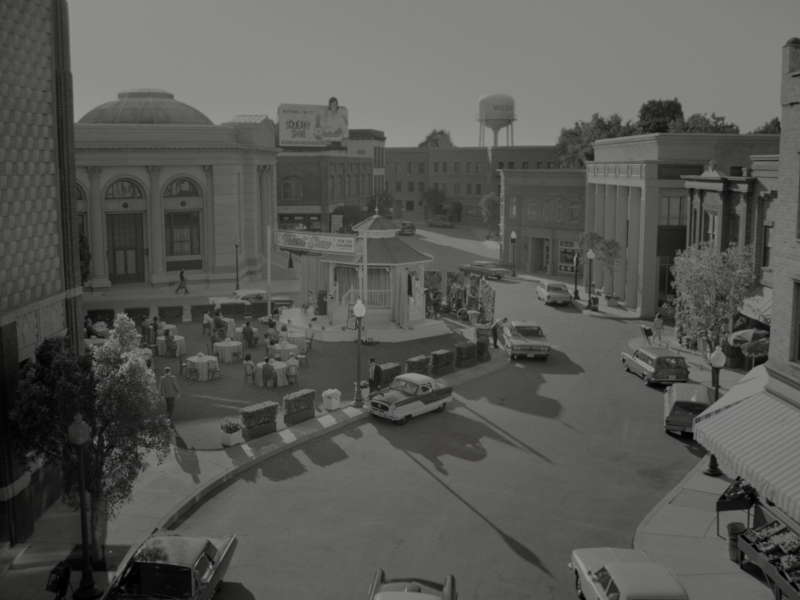
Is it possible that in WandaVision, Wanda is being subjected to a similar type of manipulation by a currently unidentified antagonist, just as Kobik was manipulated in Avengers Standoff?
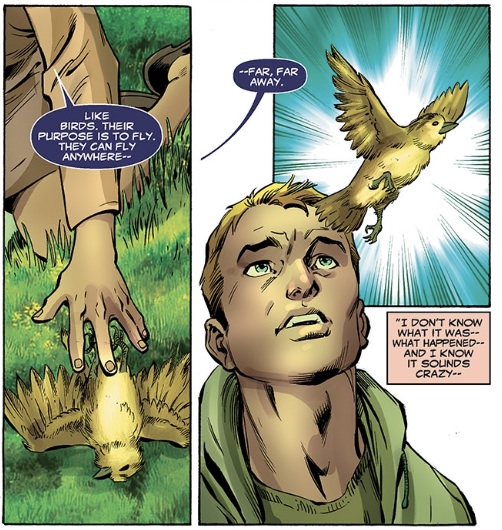
While Wanda is not an innocent child herself, her extensive and ongoing trauma – from the loss of her parents and home, to the loss of her brother, and then the incredibly recent loss of her lover (just a few weeks ago, from her perspective) – could provide an unscrupulous actor with the opportunity to twist Wanda’s “innocent” attempts to shield herself from further trauma into a sinister, reality-warping occurrence that threatens to consume an entire suburb.
To be continued…
With four more episodes of WandaVision yet to be released to Disney+, more revelations about the nature of Westview are surely just around the corner. While the “Westview Anomaly” may or may not ultimately prove similar to the events that took place at Pleasant Hill in the Avengers Standoff crossover event, there is one element to consider: just like Orrgo, who preferred his post-Kobik existence to his pre-warped reality, some of the citizens of Westview may prefer the “sitcom’d” version of life to the non-Hex existence.
And if that’s the case – who knows what they might do to protect themselves…
New episodes of WandaVision are available for streaming Fridays on Disney+.



